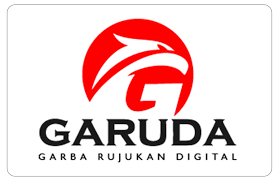Upaya Pelestarian Hutan Mangrove Melalui Pembibitan Di Desa Sungsang IV Kabupaten Banyuasin
DOI:
https://doi.org/10.31851/esjo.v1i2.11920Abstract
Mangroves are typical coastal vegetation which one of the functions is as the main protector of coastal areas, where the existence of mangroves is very important but conditions are increasingly critical. In South Sumatra, the condition of mangroves, of 158,734 hectares, 20% are critical. The purpose of this research is how the nursery was carried out in the village of Sungsang IV, Banyuasin Regency and what types of mangroves were bred as an effort to preserve mangroves in South Sumatra and its surroundings. The benefit of this research is to get to know more about the wetland ecosystem. This research is a descriptive research with a qualitative approach. For collecting data, the writer uses a technique, namely observation, interview. Document. While qualitative data analysis is carried out interactively and continues continuously until complete, so that the data is saturated. Activities in the analysis consist of data condensation. The results of research on the location of a nursery area of ¼ hectare with 2 methods of seeding through propagules and mangrove seeds. Meanwhile, there are 12 mangrove species with 5 families. The mangrove festival was held in two places, namely Tanjung Api Api and Sungsang IV. And for the zoning of the Breech waters planted on the shoreline are Sonneratia alba and the embankment of Bruguiera gymnorrhiza while for planting in Tanjung Api Api the mangroves planted outside are Avicennia marina and Rhizophora apiculata on the inside.













